The Strength Behind Precision: Understanding Tungsten Carbide Tooling
Precision, durability, and efficiency are the cornerstones of success in modern manufacturing. Every component, every cut, and every contour depends on tools that can withstand the pressure, speed, and heat of today’s machining processes. Among the wide variety of tooling materials available, tungsten carbide stands out as one of the most remarkable innovations—offering a perfect balance between toughness and accuracy.
Tungsten carbide tooling is not just another industrial material; it’s the foundation of advanced machining. Found in industries ranging from aerospace and automotive to mining and construction, these tools have reshaped how metal and composite materials are cut, shaped, and finished. But what exactly makes tungsten carbide so special, and why has it become the go-to material for so many manufacturers worldwide?
What Is Tungsten Carbide Tooling?
Tungsten carbide is a chemical compound made of tungsten (W) and carbon (C) atoms, typically bonded together with a small amount of metal binder—usually cobalt or nickel. The result is an exceptionally hard material that can be pressed, shaped, and sintered into a variety of cutting tools and wear-resistant components.
This combination of hardness and toughness is what makes tungsten carbide so powerful in machining applications. It’s approximately twice as stiff as steel and almost as hard as diamond, with a Rockwell hardness of about 90 HRA (comparable to 1600–2000 HV on the Vickers scale). That means it can easily slice through hard metals and maintain a sharp cutting edge far longer than conventional tool steels.
The manufacturing process of tungsten carbide tooling involves:
- Powder preparation – Fine tungsten carbide powder is mixed with cobalt or nickel binder.
- Pressing and shaping – The mixture is pressed into a desired shape, often under immense pressure.
- Sintering – The shaped material is heated in a vacuum furnace at around 1400–1600°C, allowing the binder to fuse the carbide grains together.
- Finishing and coating – The final step often includes grinding, polishing, and applying wear-resistant coatings such as titanium nitride (TiN) or aluminum oxide (Al₂O₃) for added performance.
The result is a dense, heavy, and ultra-hard tool material capable of cutting through steel, cast iron, titanium, and even composites with unmatched precision.
Where Tungsten Carbide Tooling Excels
Tungsten carbide tooling finds applications across a vast range of industries where reliability and consistency are vital. Some of the most common uses include:
1. Machining and Metalworking
In CNC machining, milling, turning, and drilling operations, tungsten carbide tools are used to cut and shape metals with high accuracy. Because they resist wear and maintain a sharp edge even under high-speed and high-heat conditions, they are ideal for production environments where tight tolerances are required.
Carbide inserts, end mills, and drills are especially valuable for machining stainless steel, hardened steel, cast iron, and non-ferrous metals. The long tool life means fewer tool changes, greater productivity, and more consistent results.
2. Mining and Construction
The mining industry relies heavily on the toughness of tungsten carbide for tools like drill bits, cutting picks, and trenching equipment. These applications involve constant abrasion and impact, conditions under which traditional steels would quickly fail. Tungsten carbide’s ability to endure friction and maintain its edge even in rock and concrete environments makes it indispensable.
3. Wear-Resistant Components
Tungsten carbide isn’t limited to cutting applications. It’s also widely used in the manufacture of wear parts, such as dies, punches, and nozzles, where resistance to abrasion and erosion is crucial. In oil and gas operations, for instance, carbide-coated valves and flow control components withstand harsh environments where pressure, corrosion, and wear are constant challenges.
4. Precision Tooling
For industries like aerospace, electronics, and medical device manufacturing, where precision is non-negotiable, tungsten carbide provides the fine cutting control and dimensional stability required. Molds and dies made from tungsten carbide can produce components with micron-level accuracy, ensuring consistent quality even over large production runs.
The Benefits of Tungsten Carbide Tooling
The widespread use of tungsten carbide is no accident. It’s the result of decades of engineering development aimed at improving performance, efficiency, and longevity. Here are the key benefits that set tungsten carbide apart:
1. Exceptional Hardness and Wear Resistance
Few materials can match tungsten carbide’s hardness. It’s second only to diamond in this regard. That means it can cut through tough materials without losing its sharpness or structural integrity. The high hardness directly translates into superior wear resistance, making carbide tooling ideal for long production runs and abrasive environments.
2. Heat Resistance
High-speed machining generates significant heat. While traditional steel tools soften or deform under such conditions, tungsten carbide maintains its cutting edge at temperatures exceeding 1000°C. This allows for faster cutting speeds, improved efficiency, and cleaner finishes.
3. Longevity and Cost Efficiency
Though tungsten carbide tools are more expensive initially than high-speed steel (HSS) tools, their extended lifespan makes them far more economical in the long run. Fewer replacements, reduced downtime, and consistent performance all contribute to lower overall operating costs.
4. Precision and Consistency
Tungsten carbide’s rigidity minimizes tool deflection, allowing for extremely accurate and repeatable machining. Whether in high-precision aerospace components or intricate mold cavities, carbide tooling delivers superior dimensional accuracy and surface finish.
5. Versatility
From rough cutting to fine finishing, from drilling rock to machining titanium, tungsten carbide adapts to a wide range of uses. It can be engineered into inserts, rods, wear plates, and custom tool geometries, making it a truly universal tooling material.
Comparing Tungsten Carbide to High-Speed Steel
For many years, high-speed steel (HSS) was the industry standard for cutting tools. HSS tools are still used today for their toughness and affordability, but they simply cannot compete with tungsten carbide in terms of performance.
While HSS may be sufficient for softer materials or short runs, tungsten carbide shines in high-volume, high-performance environments where precision and durability are critical. The investment in carbide tooling often pays for itself through increased production rates and reduced downtime.
Challenges and Considerations
Despite its strengths, tungsten carbide isn’t without limitations. Its main drawback is brittleness. While incredibly hard, it can fracture or chip under heavy impact or improper handling. That’s why proper tool setup, secure clamping, and optimized feed rates are essential for achieving the best results.
Additionally, the higher upfront cost may deter smaller operations, though the long-term value often justifies the investment. Regular inspection, regrinding, and proper storage can further extend the life of carbide tools, ensuring optimal performance over time.
The Future of Tungsten Carbide Tooling
The evolution of tungsten carbide continues as new coating technologies, nanostructured carbides, and hybrid materials emerge. These innovations are pushing the limits of what’s possible in terms of speed, precision, and tool longevity.
For instance, advanced coatings like titanium aluminum nitride (TiAlN) and diamond-like carbon (DLC) are enhancing wear resistance and heat dissipation. Meanwhile, research into nano-grain carbide compositions is yielding even finer microstructures that combine hardness with improved toughness. These developments are ensuring that tungsten carbide remains at the forefront of modern manufacturing for years to come.
Conclusion
Tungsten carbide tooling represents the perfect marriage of strength, precision, and endurance. From heavy-duty mining drills to delicate aerospace components, its ability to perform under pressure has made it an indispensable part of the manufacturing world.
While it requires a greater upfront investment, the long-term performance, reliability, and cost savings it delivers make tungsten carbide an unparalleled choice for anyone serious about productivity and quality.
As industries continue to demand tighter tolerances and faster production rates, tungsten carbide will remain a cornerstone of innovation—a material that proves that in manufacturing, the harder the tool, the sharper the edge of progress.
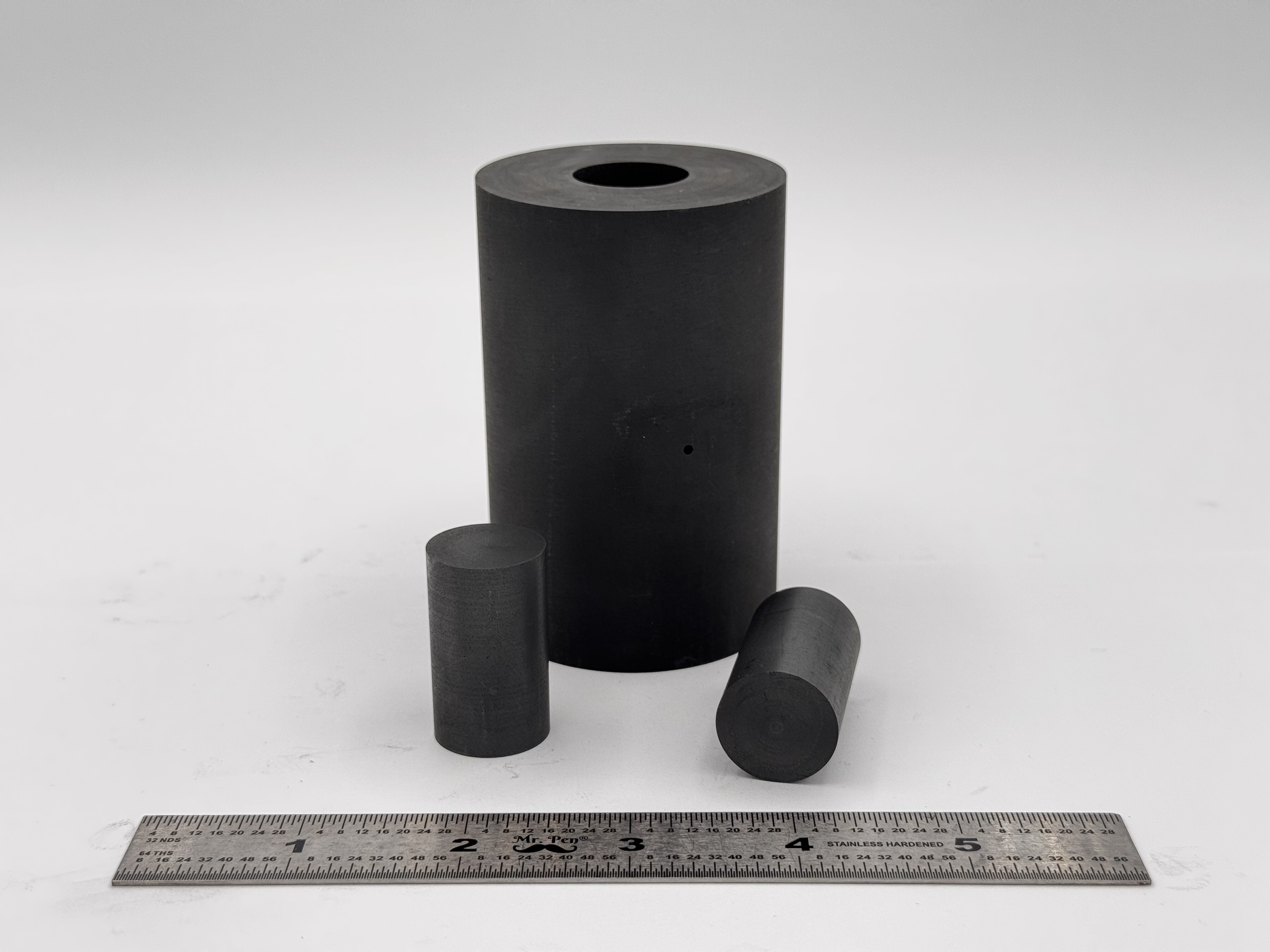 High Strength SPS Graphite Tooling
High Strength SPS Graphite Tooling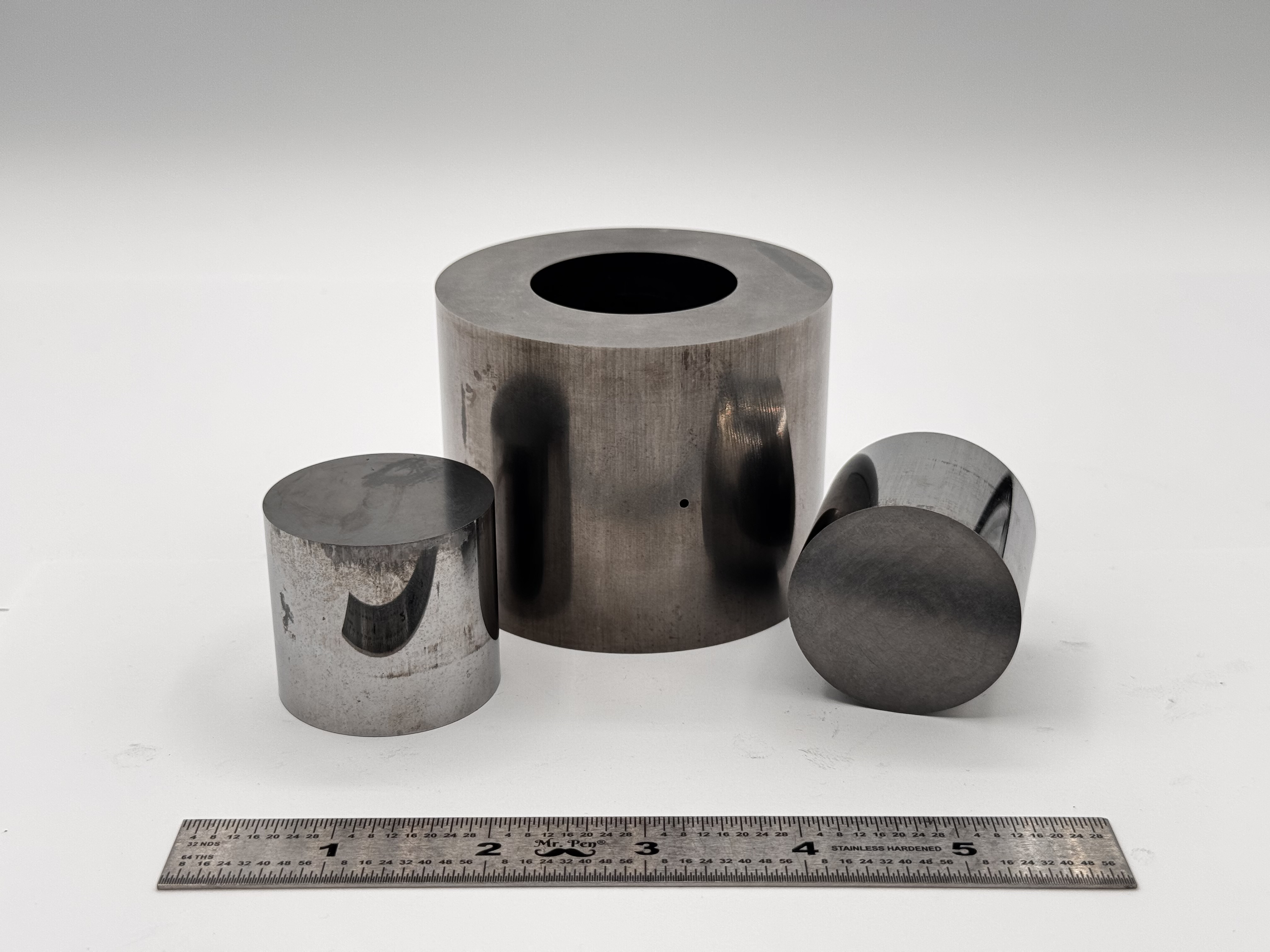 Tungsten Carbide Tooling
Tungsten Carbide Tooling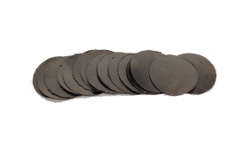 Carbon Graphite Foil / Paper
Carbon Graphite Foil / Paper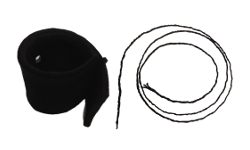 Carbon Felt and Yarn
Carbon Felt and Yarn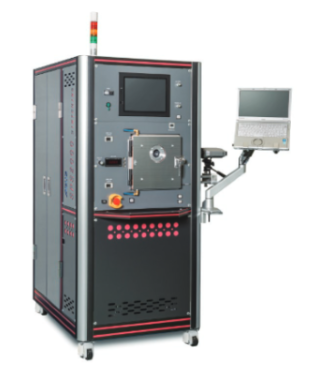 Spark Plasma Sintering Systems
Spark Plasma Sintering Systems SPS/FAST Modeling Software
SPS/FAST Modeling Software